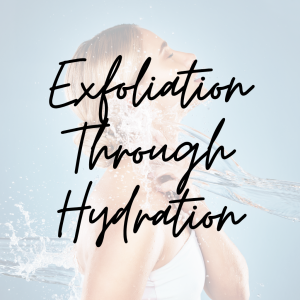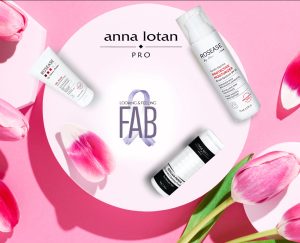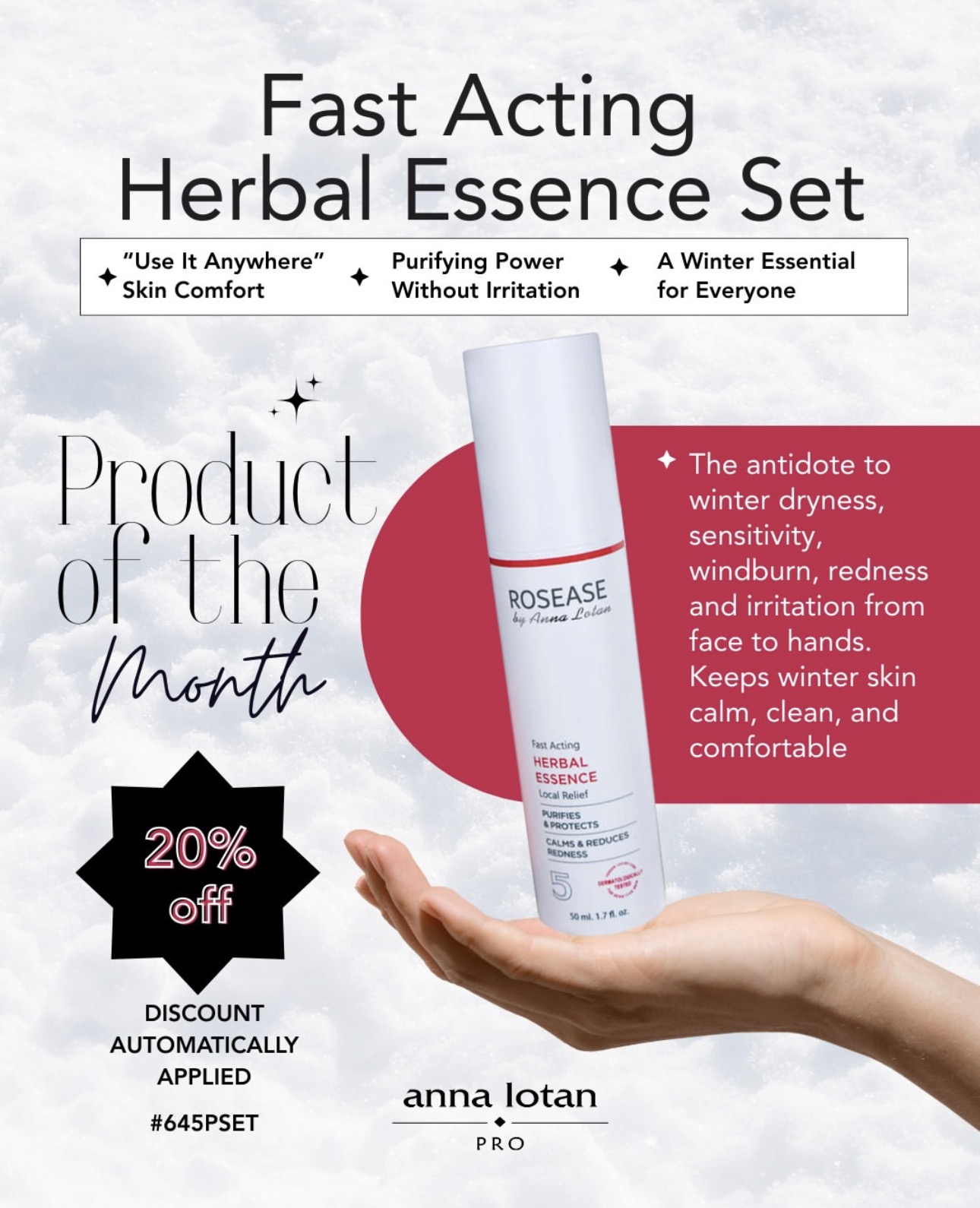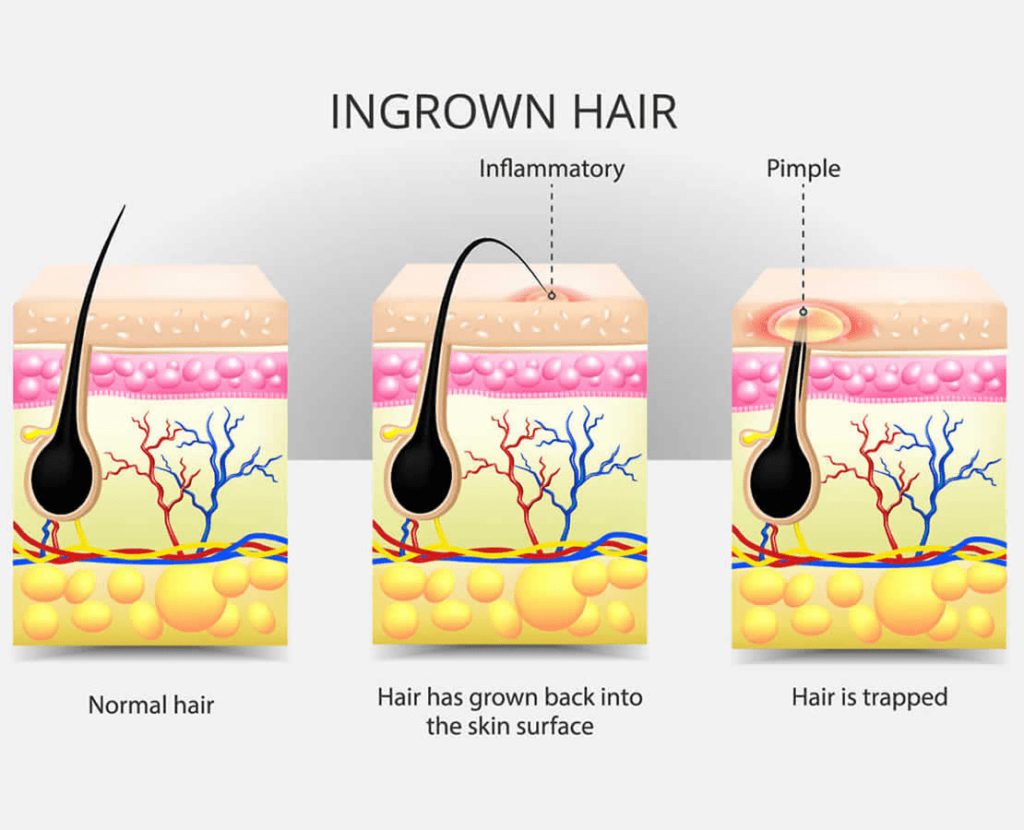
June 19, 2023
Ingrown Hair-Causes, Prevention & Treatment
What causes ingrown hair? What can be done to solve the problem? And how to prevent it?
One of the problems that many of our clients are facing after tweezing or waxing is ingrown hairs.
Relatively common among people with frizzy or curly hair, it is especially annoying when the frizzy hair grows in sensitive, poorly ventilated areas. An inflamed pimple frequently develops and causes pain and discomfort.
Preventing it is of course the best way to overcome the discomfort. To do that we need to understand the mechanism that brings it about.
Every hair follicle is equipped with its own sebaceous gland which produces sebum. The function of this sebum is to flow outwards towards the skin, lubricate it in order to maintain its softness and elasticity as well as assist the new hair paves its way towards the skin’s surface.
Sometimes, for multiple physiological reasons, instead of a soft “flow” the sebum dries out and clogs the pore leaving a hard waxy residue. When the new hair emerges, it can pierce the waxy barrier because it is very thin and pointed – but as it grows a little longer, its curly nature leads it backwards towards the skin while the dry wax fixes this undesired direction. Within only a few days the pointed tip of the hair will touch the delicate skin tissue. The skin receptors will instantly regard this touch as a threat and rush an immune response to the “battle area” transporting fluids to form of a tiny blister. The thin walls of the blisters are very vulnerable. The hair may easily pierce them too. High moisture availability is in these poorly ventilated areas (as the genitals) from continuous evaporation that is locked in under and around the sebum residues in quantities sufficient for encouraging microbial growth. Moisture availability is also increased in facial areas of oily skin with enlarged pores. This will easily lead to the formation of inflamed pimples.
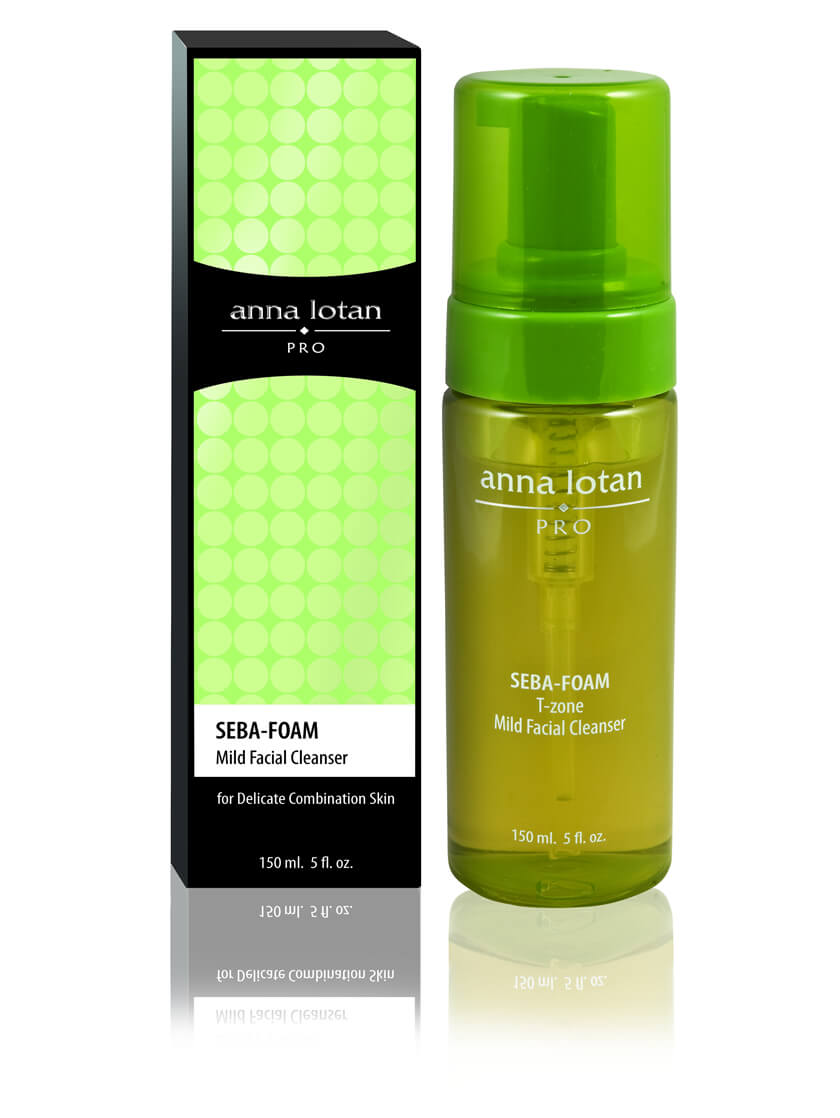
Preliminary cleansing with SebaFoam (270P)
A gentle (dermatologically tested for sensitive skin) non-stinging and non-drying cleansing mousse which readily rinses off. Pat dry!
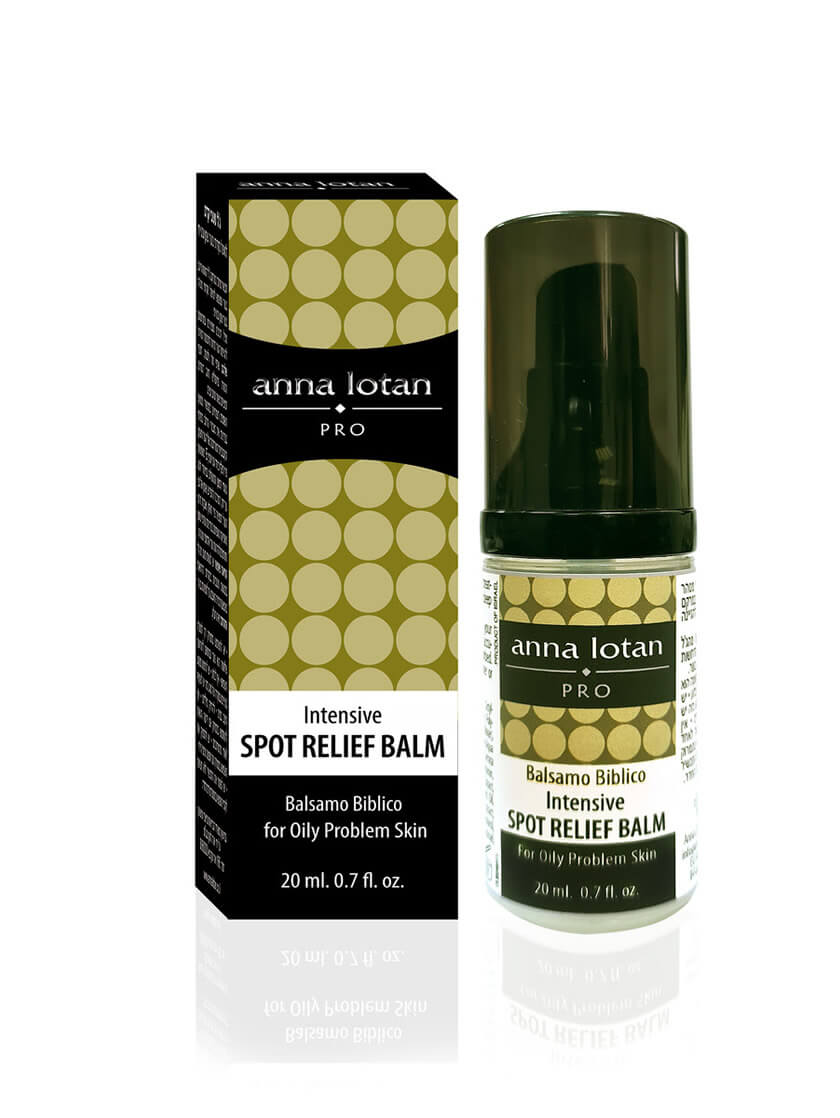
Spot Relief Balm (090P)
An easily absorbed oil gel formula specially formulated to soften and dissolve sebum residues and at the same time lower microbial count to purify the skin (on the basis of herbal CO2 extracts rather that essential oils; of Myrrh, Frankincense, Hops). This oil gel will easily be rinsed off with plain water. The Spot Relief Balm will serve as a preventive remedy for clients with a tendency to develop ingrown hair when used for a few days after depilation. It will deep cleanse the pores, prevent the accumulation of sebum residues and allow the hair to grow freely away from the skin

Jerusalem Balsam (102P)
When ingrown hair has occurred and caused local redness and inflammation a film forming complementary step is recommended. This optimal hygienic support will reduce irritation and pain and contribute to a faster recovery of the skin! A thin layer should be applied and left to dry as a 24 hour protection.
This a targeted treatment set based on mild yet effective herbal components.
It does not contain drying astringents and is Salicylic Acid FREE!
Once applied even on irritated or inflamed skin it will not burn or sting.
An economical solution to a problem that can be both painful and embarrassing for your clients. A little goes a long way. Use for 2-3 days post depilation to release the sebum to flow freely out of the pore eliminating the cause of the ingrown.
What other skin conditions may benefit from this treatment set?
Oily problem skin (acne-prone) suffers from similar circumstances: Clogged Pores that lead to inflammation.
This treatment set is also just as effective on clogged pores resulting in grade 1 & 2 acne.
- Cleanse with Seba Foam (270P) cleanser and pat dry!
- Massage the Spot Relief Balm (090) onto the problem areas with a fingertip massage to assist penetration of active components and purify the skin. Rinse off and pat dry!
- Finally protect the skin with a thin layer of Jerusalem Balsam (102P)


